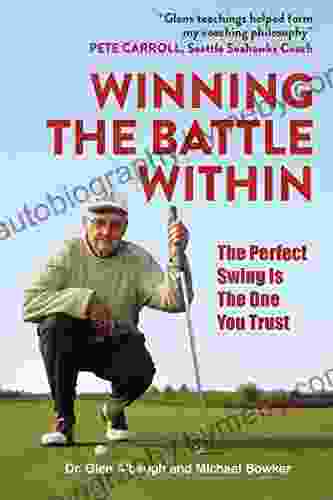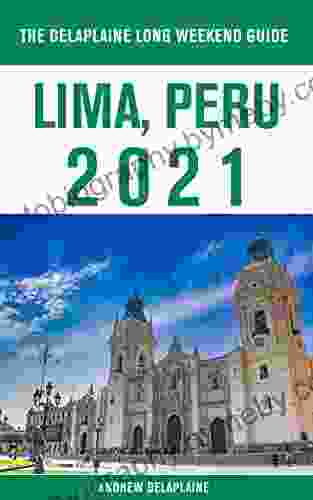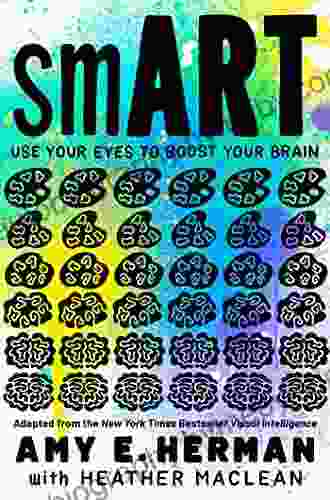An Introduction to Category Theory: Unraveling the Abstract Foundations of Mathematics

Embark on an Intellectual Odyssey into the Fascinating Realm of Category Theory
Category theory, a captivating and intricate branch of modern mathematics, provides a powerful lens through which to comprehend the underlying structures that permeate the diverse realms of mathematics. This comprehensive article delves into the captivating world of category theory, guiding readers through its enigmatic concepts and extraordinary applications.
Unveiling the Essence of Category
At the heart of category theory lies the fundamental notion of a category. A category is a mathematical structure that consists of two fundamental components:
- Objects: These represent entities or concepts that are of interest within the context of the category
- Morphisms: These represent mappings or relationships between objects, allowing them to interact and relate to one another
Categories, with their versatile nature, find their place in numerous mathematical domains, mirroring the commonalities and symmetries inherent in distinct areas. For instance, in the category of sets, objects are sets, while morphisms correspond to functions between sets.
4.5 out of 5
| Language | : | English |
| File size | : | 9748 KB |
| Text-to-Speech | : | Enabled |
| Screen Reader | : | Supported |
| Enhanced typesetting | : | Enabled |
| Print length | : | 240 pages |
Navigating the Abstract Landscapes
One of the key strengths of category theory lies in its ability to abstract mathematical structures and relationships, enabling the identification of patterns and commonalities across diverse domains. By focusing on the fundamental features of categories—objects and morphisms—category theory provides a concise and elegant representation of complex mathematical concepts.
Consider the following example:
- Category of Groups: This category comprises groups as objects, while morphisms represent homomorphisms between groups.
- Category of Topological Spaces: In this category, objects are topological spaces, and morphisms correspond to continuous maps between spaces.
By studying these categories, mathematicians can uncover profound connections and structural similarities between seemingly disparate mathematical concepts, fostering a deeper understanding of their underlying patterns and relationships.
The Transformative Power of Functors
Functors play a pivotal role within category theory, acting as bridge-builders between categories, enabling the transfer of concepts and structures across distinct mathematical realms. A functor is a mapping that transforms the objects and morphisms of one category into the corresponding components of another category, preserving the structural relationships within and between them.
Consider the following example:
- Functor from the Category of Groups to the Category of Sets: This functor assigns to each group its underlying set of elements, preserving the group structure through the mapping of homomorphisms.
Functors reveal the interconnectedness between categories, facilitating the transfer of knowledge and insights from one domain to another. They are invaluable tools for exploring the interplay between different mathematical structures and concepts.
Category Theory in Action: A Glimpse into Applications
The profound impact of category theory extends far beyond its theoretical underpinnings, permeating numerous fields of mathematics and its applications:
Algebra: Category theory provides a powerful framework for studying algebraic structures, including groups, rings, and fields, allowing for the investigation of their interrelationships and properties.
Topology: In topology, category theory offers a unified perspective on topological concepts, such as spaces, maps, and coverings, deepening the understanding of their fundamental structures.
Computer Science: Category theory has found fertile ground in computer science, serving as a foundation for developing type theory, programming languages, and software architectures, fostering a more rigorous and conceptual approach to software design and implementation.
Delve into the Intriguing World of Category Theory
To embark on a captivating journey into the realm of category theory, consider the following resources:
- [An to Category Theory by Harold Simmons]
- [Categories for the Working Mathematician by Saunders Mac Lane]
- [Elementary Category Theory by Emily Riehl]
These works provide a structured and accessible approach to understanding the fundamentals of category theory, opening doors to its rich concepts and applications. By embracing the abstract elegance of category theory, you will unlock a powerful tool for unraveling the intricate patterns and connections that underpin the mathematical world.
A Call to Exploration
Category theory invites the curious and intellectually adventurous to embark on a profound exploration of the foundations of mathematics. Its abstract framework unveils the hidden structures that connect seemingly disparate concepts, fostering a deeper appreciation for the interconnectedness and elegance of the mathematical universe.
As you delve into the enigmatic world of category theory, you will not only expand your mathematical knowledge but also cultivate a refined and abstract way of thinking, enabling you to approach complex problems with a newfound clarity and sophistication.
Embrace the challenge, plunge into the depths of category theory, and discover the transformative power of abstraction. The journey awaits you—a journey of intellectual enrichment, conceptual exploration, and an unremitting quest for the profound patterns that shape our mathematical world.
4.5 out of 5
| Language | : | English |
| File size | : | 9748 KB |
| Text-to-Speech | : | Enabled |
| Screen Reader | : | Supported |
| Enhanced typesetting | : | Enabled |
| Print length | : | 240 pages |
Do you want to contribute by writing guest posts on this blog?
Please contact us and send us a resume of previous articles that you have written.
 Book
Book Novel
Novel Page
Page Chapter
Chapter Text
Text Story
Story Genre
Genre Reader
Reader Library
Library Paperback
Paperback E-book
E-book Magazine
Magazine Newspaper
Newspaper Paragraph
Paragraph Sentence
Sentence Bookmark
Bookmark Shelf
Shelf Glossary
Glossary Bibliography
Bibliography Foreword
Foreword Preface
Preface Synopsis
Synopsis Annotation
Annotation Footnote
Footnote Manuscript
Manuscript Scroll
Scroll Codex
Codex Tome
Tome Bestseller
Bestseller Classics
Classics Library card
Library card Narrative
Narrative Biography
Biography Autobiography
Autobiography Memoir
Memoir Reference
Reference Encyclopedia
Encyclopedia Andrew Chen
Andrew Chen Stephen Farthing
Stephen Farthing Andy Schell
Andy Schell Ann Fessler
Ann Fessler Andy Demsky
Andy Demsky Angela Johnson
Angela Johnson Amy Ignatow
Amy Ignatow Jeffery Scott
Jeffery Scott Amy J L Baker
Amy J L Baker Ann Hazelwood
Ann Hazelwood Anita Anand
Anita Anand Andrew Patrick Nelson
Andrew Patrick Nelson Andrea Pelleschi
Andrea Pelleschi Leonhard Euler
Leonhard Euler Amy Shields
Amy Shields Andrew Macdonald
Andrew Macdonald Cia Sautter
Cia Sautter Andrew E Hill
Andrew E Hill Margaret Hermes
Margaret Hermes Izzy Abrahmson
Izzy Abrahmson
Light bulbAdvertise smarter! Our strategic ad space ensures maximum exposure. Reserve your spot today!
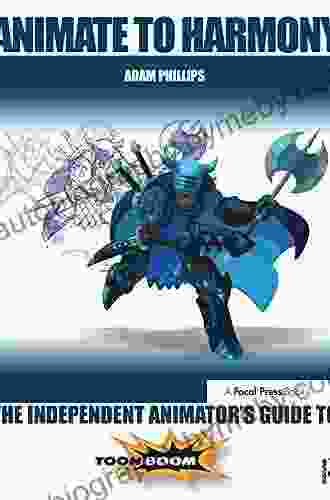
 Andy ColeThe Independent Animator's Ultimate Guide to Toon Boom: Unlock Your Animation...
Andy ColeThe Independent Animator's Ultimate Guide to Toon Boom: Unlock Your Animation... Shane BlairFollow ·9.3k
Shane BlairFollow ·9.3k Bryan GrayFollow ·2.8k
Bryan GrayFollow ·2.8k George MartinFollow ·18.3k
George MartinFollow ·18.3k Devin RossFollow ·19k
Devin RossFollow ·19k Derek BellFollow ·15.8k
Derek BellFollow ·15.8k Albert CamusFollow ·15.9k
Albert CamusFollow ·15.9k Graham BlairFollow ·17.7k
Graham BlairFollow ·17.7k Gage HayesFollow ·10.8k
Gage HayesFollow ·10.8k

 Bryce Foster
Bryce FosterCelebrate the Luck of the Irish: Unveiling Saint...
As the verdant hues of spring brush...

 Chase Simmons
Chase SimmonsCody Rodeo: A Photographic Journey into the Heart of the...
Step into the arena of the...

 David Mitchell
David MitchellUnveiling the Enchanting World of Door County Quilts: A...
Step into the Heart of Amish Country in...

 Floyd Powell
Floyd PowellCowboy Chatter: Unraveling the Enigmatic Tales of the Old...
Step into the...
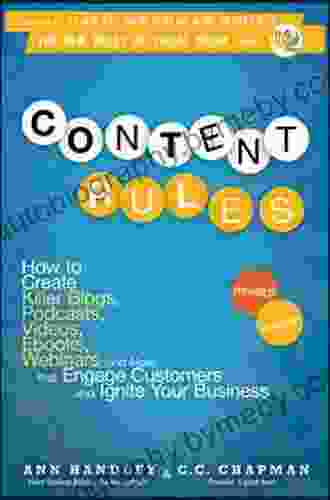
 Ismael Hayes
Ismael HayesUnlock Content Marketing Mastery: How to Create...
In today's digital landscape, content is...

 Boris Pasternak
Boris PasternakMore Than 200 Hardball Questions For The Thinking Fan
The Ultimate Baseball Trivia Challenge Are...
4.5 out of 5
| Language | : | English |
| File size | : | 9748 KB |
| Text-to-Speech | : | Enabled |
| Screen Reader | : | Supported |
| Enhanced typesetting | : | Enabled |
| Print length | : | 240 pages |



